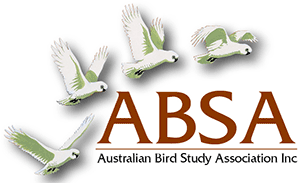The feeding behaviour and diet of the Black-necked Stork Ephippiorhynchus asiaticus australis in northern New South Wales
| Posted: |
11/04/2021 |
| Author(s): |
Greg P. Clancy |
Field studies were carried out over a two and three-quarter year period (2003–2005) to study the feeding behaviour
and diet of free-flying Black-necked Storks
Ephippiorhynchus asiaticus australis (adults, immatures and juveniles) and
the food fed to nestlings in New South Wales. Storks walked or stood in water searching visually, or walked in water
constantly probing into water or reeds. The majority of time was spent hunting (70%) and most prey captures (68.4%)
involved visual scanning rather than probing. Foraging occurred mostly in the early mornings and late afternoons with
Storks loafing during the middle of the day, conforming to the behaviour of tropical storks. Storks fed on a variety of
vertebrate and invertebrate prey caught in water, usually between 50–300 millimetres deep. Long-finned Eels
Anguilla
reinhardtii contributed the most to biomass due to their large size. The most frequently caught prey comprised small
unidentified animals, probably insects and molluscs. The stomach contents of nine Storks from the Australian Museum
comprised mostly insects and other small invertebrates.
>> Download Abstract |
File Size: 108 KB
>> Download Complete PDF | File Size: 419 KB
